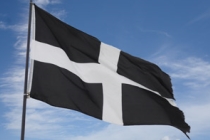Cornish In The Landscape
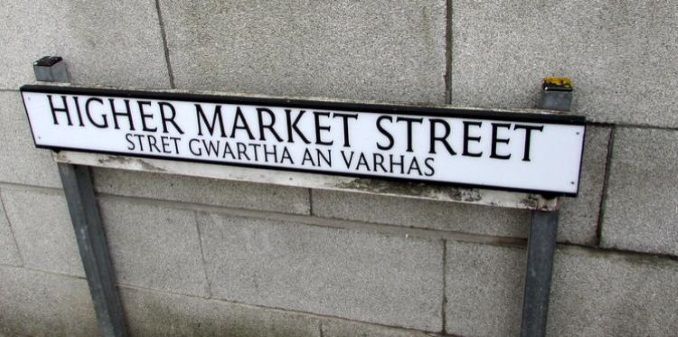
Everyone must now be aware that there is much more visible Cornish language in the landscape than there was a few years ago. Thousands of street name-plates have been installed since 2008, with many more to come, and it’s evident in many other ways, too. While there may be a few grumbles, the general reaction to this has been extremely positive. Incidentally, bilingual street signs cost no more than a single-language replacement, due to the laser-printing technique, and the use of an expert research panel of volunteers.
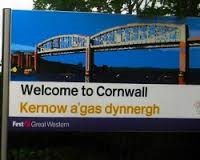
Cornish people should rightly be proud of all aspects of their heritage, the living parts as well as those proud monuments of our past. The language is the most visible statement of our officially recognised and protected identity and, of course, it is the basis of a good 80% of our place-names.
Cornish, is one of the Brythonic, or British, group of Celtic languages which have a pedigree of being spoken throughout the island for some 5,000 years, much longer than was once believed. Cornish also survived a lot longer than generally realized, too. It certainly continued as a community tongue in remote western parishes well into the 19th century, and there is evidence that at least two native speakers were still alive in the early years of the 20th century at around the time when the ongoing revival of the language began.
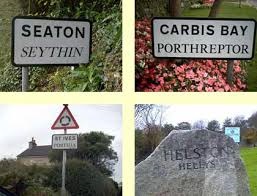
Today, around 5,000 people regularly use Cornish to varying degrees of skill, although only about 500 are truly fluent, but the overall number is increasing thanks to 30 regular classes throughout Cornwall, and even in London. A small but, nonetheless, impressive number when it’s compared with the maximum of 40,000 people who ever spoke the language at any given moment in the last 800 years, and even more impressive when compared with the two dozen or so who could speak it 100 years ago. Even so, UNESCO lists Cornish as “seriously endangered” while its meagre government funding has been cruelly cancelled.
Several supermarkets and pub chains have been quick to realise the economic benefits of visible Cornish, and bilingual signs have appeared in several of their premises. GWR has Cornish on the livery of its night-sleeper carriages, and First Kernow buses display Cornish inside and out. Even English Heritage has a prolific amount of Cornish on signs at Tintagel, and their proposed, improved interpretation material planned for Chysauster will include a good deal of the language. As yet, only the National Trust continues to be reluctant to embrace Cornish but it is hoped that the Penwith Landscape Partnership project, to start in earnest in 2018, will help to change their minds.
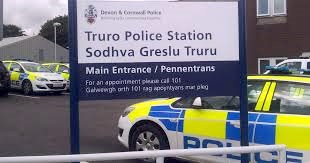
The majority of visitors view Cornish-English bilingual signage in a very positive light. Some state the effect of feeling that they have “gone abroad” without leaving the island, and others maintain that it adds yet another facet to the many aspects of Cornwall that makes it so special; one that many of them had never been aware of.
Den heb tavas a gollas y dir – a man without a language has lost his land. The Cornish language expresses identity and, without it, we descend into obscurity. Therefore, we must cherish it.
Craig
Kernow Matters To Us
- Cornish
- English

